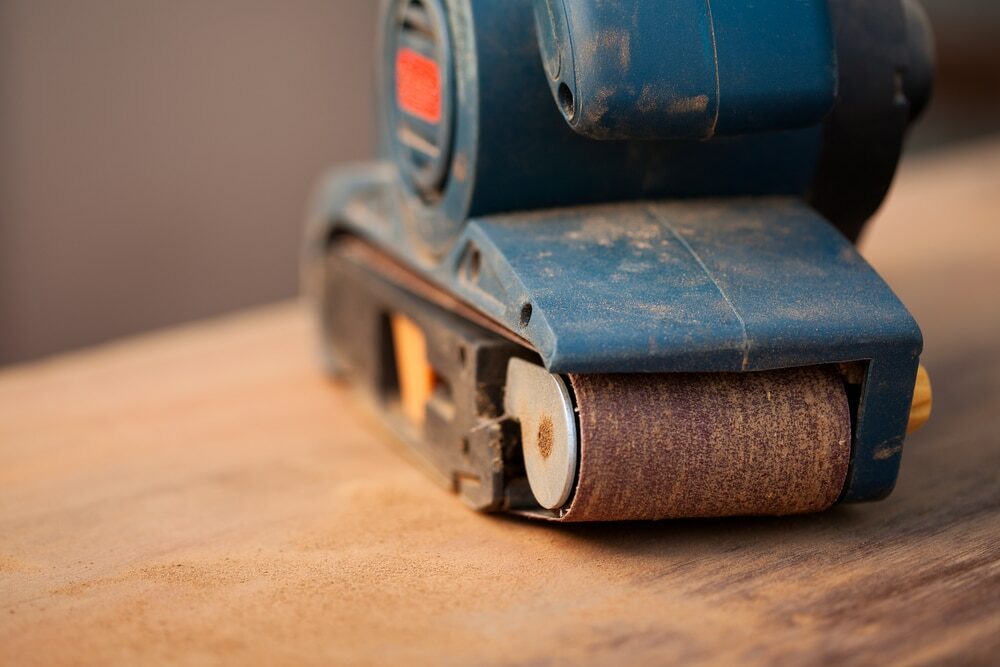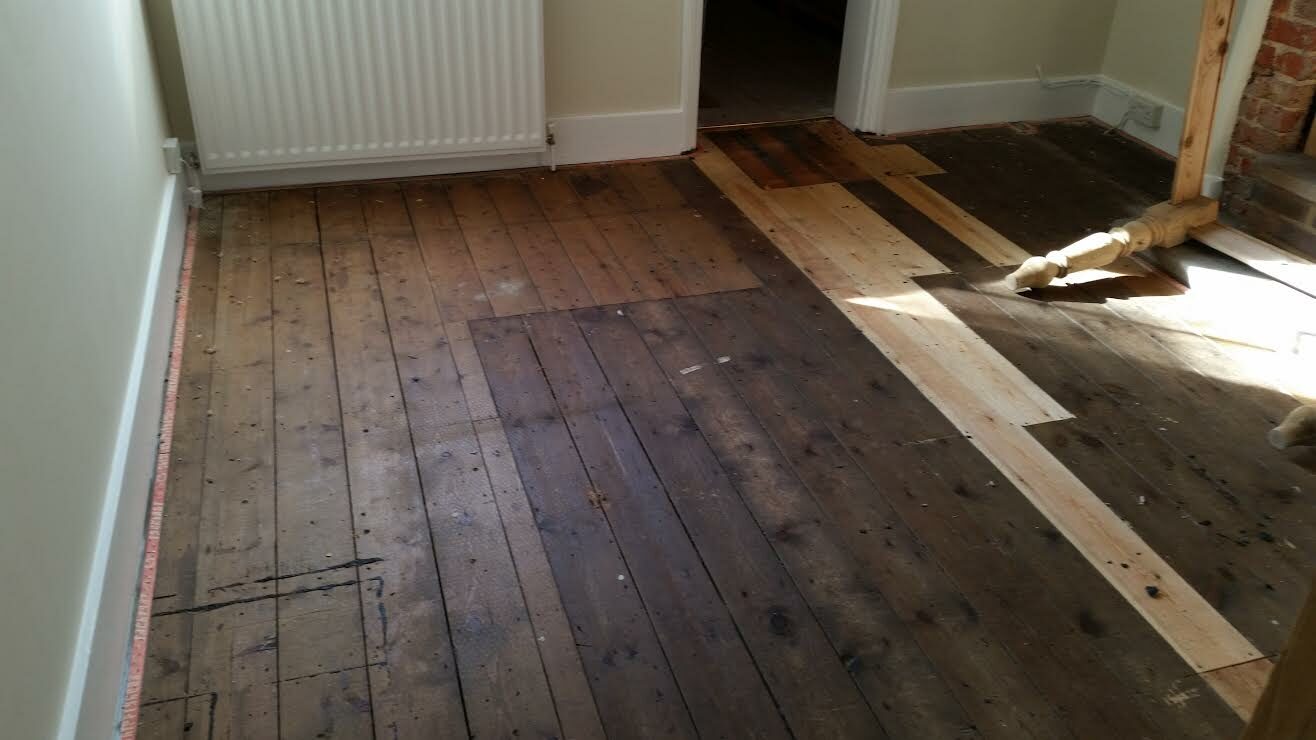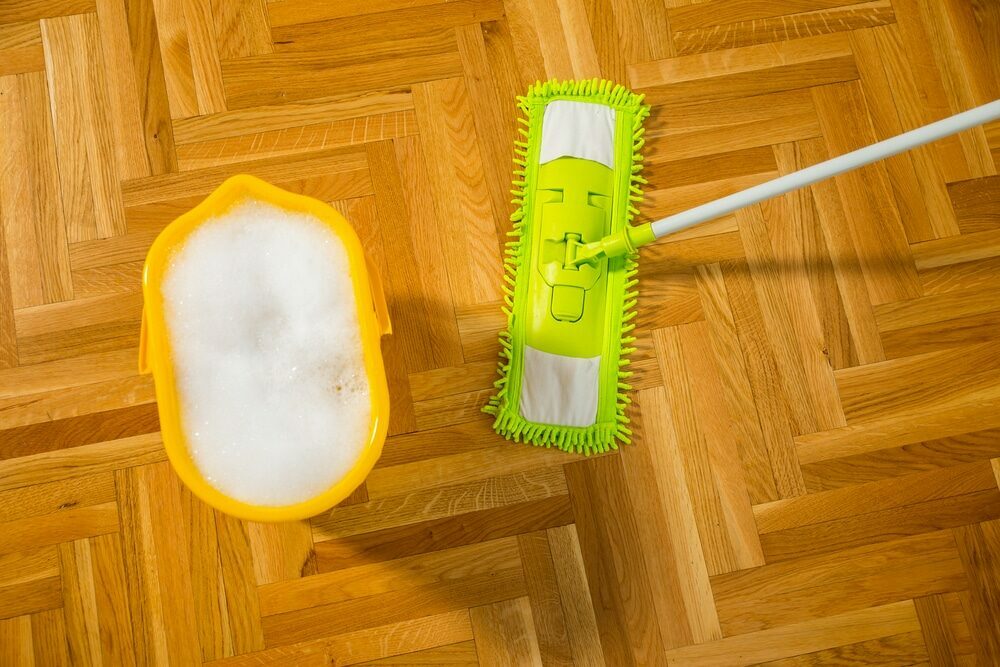London:
Nationwide:
Exploring the Different Types of Wood Floor Sanding: A Comprehensive Guide
Posted on May 1, 2023
Blog
Unveiling the Various Wood Floor Sanding Techniques: A Comprehensive Guide to Choosing the Right Method for Your Floor Restoration
Wooden floors are a popular choice for homes and commercial spaces due to their timeless beauty and durability. However, over time, they can become scratched, stained, or worn, necessitating restoration to regain their original lustre. Wood floor sanding is a critical aspect of this restoration process, and there are several methods available to suit various needs and preferences. In this comprehensive guide, we will delve into the different types of wood floor sanding techniques and discuss their unique advantages and applications.
-
Drum Sanding
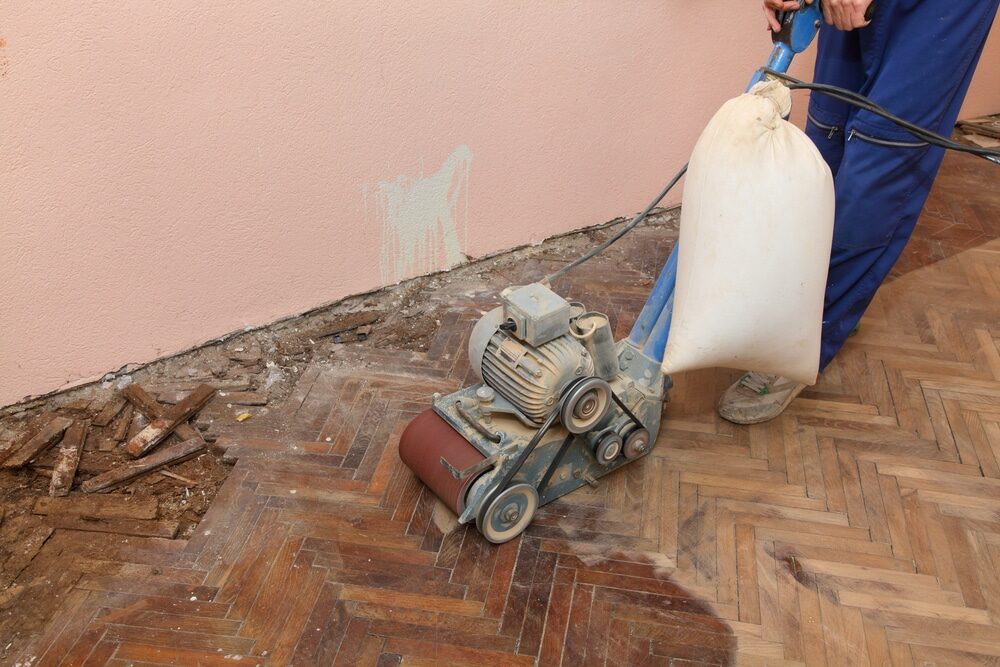
Advantages:
- Highly effective at removing deep scratches and levelling uneven surfaces.
- Ideal for large areas or severely damaged floors that require aggressive sanding
Disadvantages:
- Can be difficult to operate for inexperienced users, potentially causing damage to the floor.
- Generates a significant amount of dust, which can be harmful to air quality and require extensive cleanup.
-
Orbital Sanding
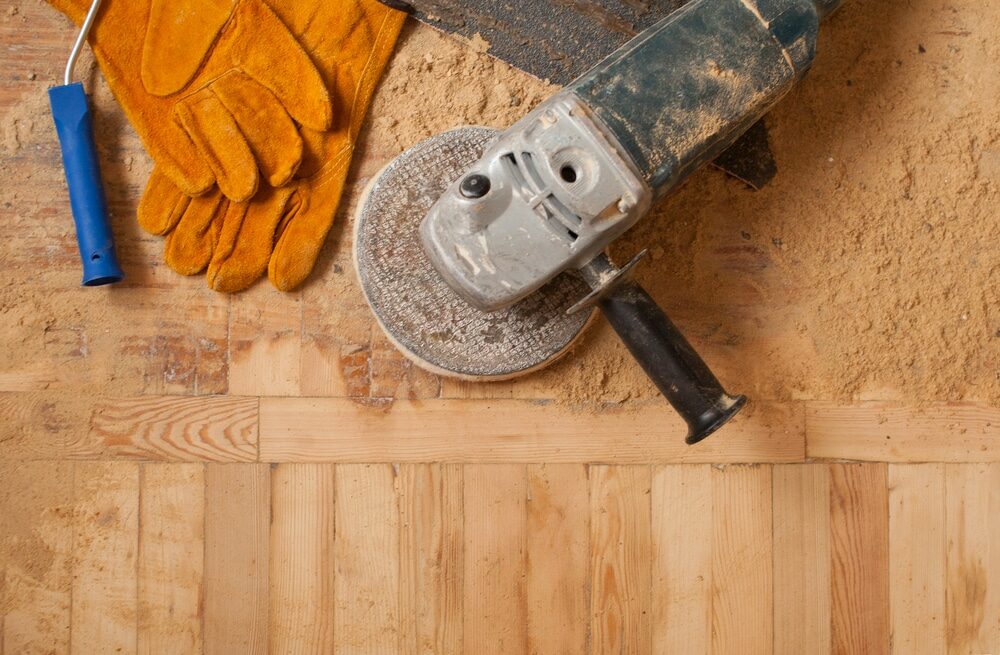
Advantages:
- Easier to control and manoeuvre, reducing the risk of damage to the floor.
- Generates less dust than drum sanding.
- Suitable for light to moderate sanding tasks, such as removing shallow scratches or scuff marks
Disadvantages:
- May not be as effective as drum sanding for heavily damaged or uneven floors.
- Can be slower and less efficient for large-scale sanding projects.
-
Edging
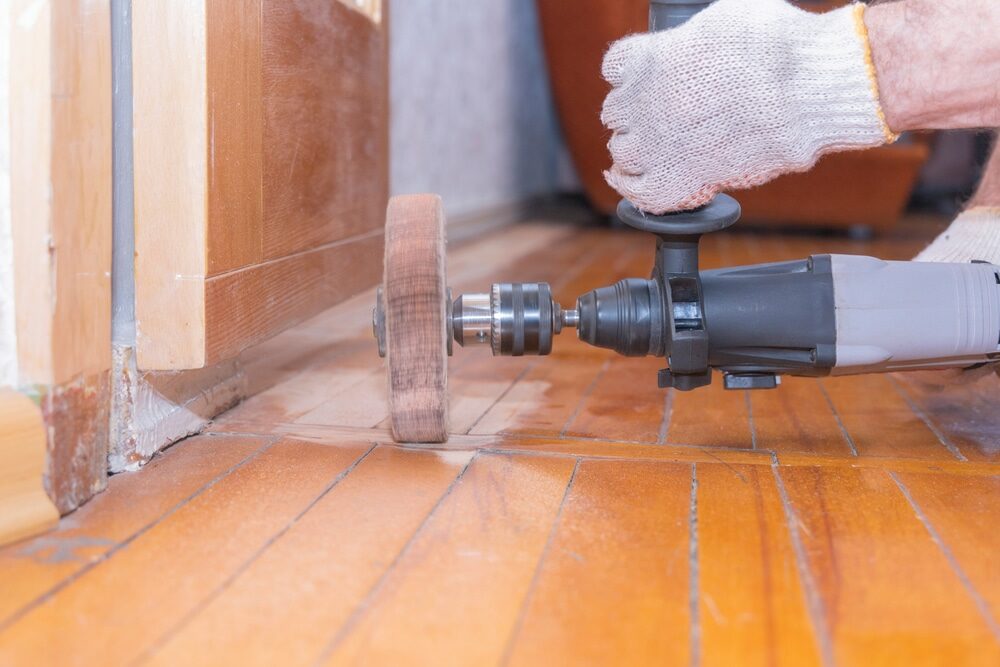
Advantages:
- Allows for precision sanding on edges and corners that larger machines cannot reach.
- ensures a consistent finish across the entire floor
Disadvantages:
- Can be time-consuming, as it requires careful attention to detail and precision.
- Generates dust, although typically less than drum sanding.
-
Dust-Free Wood Floor Sanding
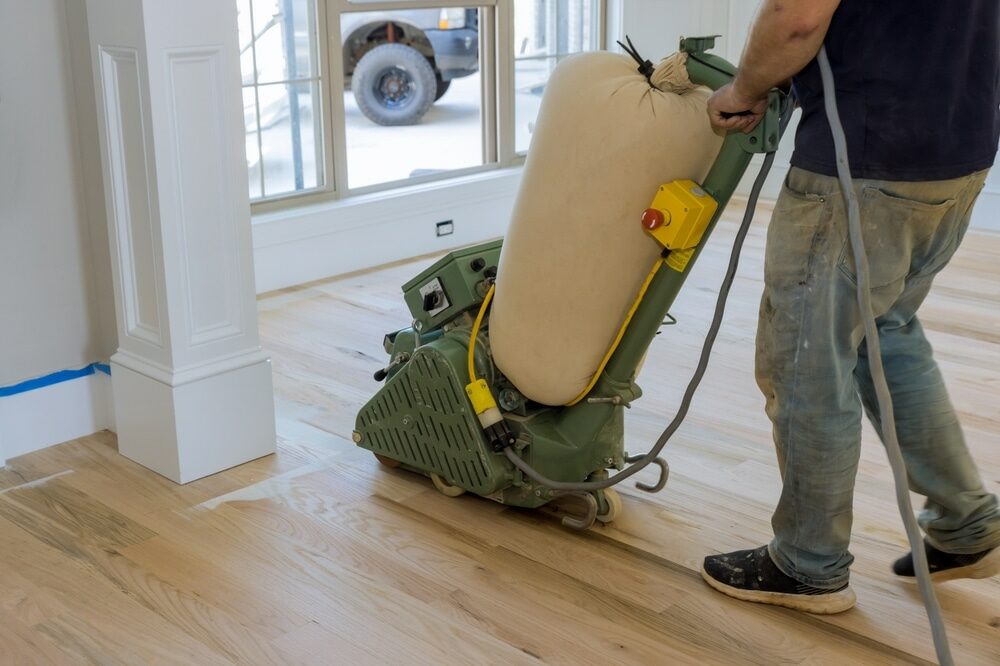
Advantages:
- Significantly reduces dust, improves air quality, and reduces cleanup time.
- Can be used in conjunction with drum, orbital, or edging techniques.
- Provides a cleaner, more efficient sanding process.
Disadvantages:
- Can be more expensive than traditional sanding methods due to the specialised equipment required.
- May not be readily available in all areas, as not all service providers offer dust-free sanding.
-
Hand Sanding
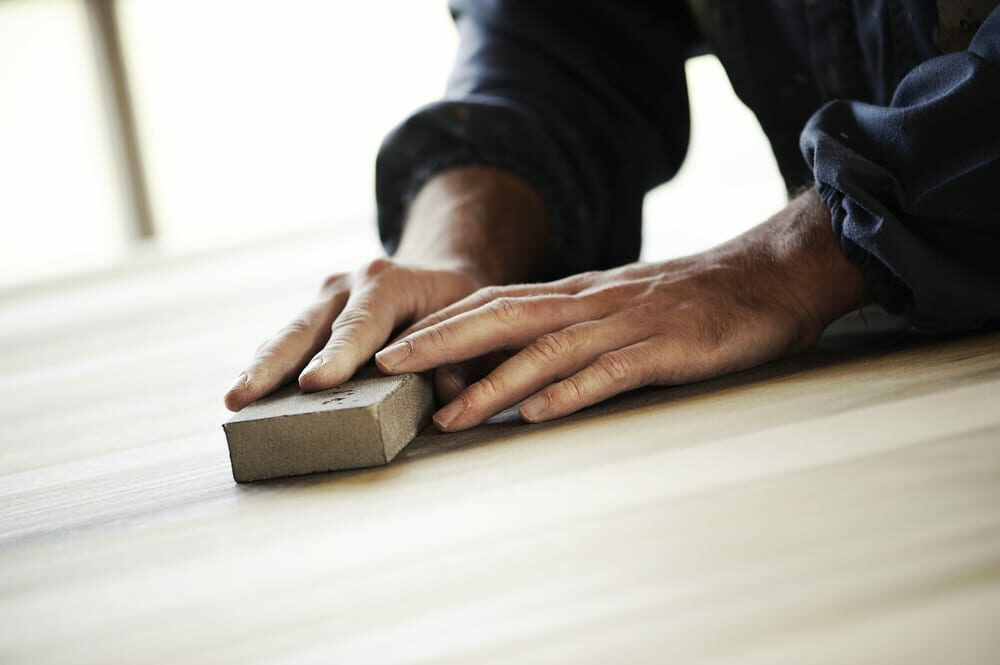
Advantages:
- Provides precise control for small-scale sanding tasks or spot repairs.
- Allows for sanding in tight spaces or intricate areas where larger machines cannot reach.
Disadvantages:
- Highly labour-intensive and time-consuming for large-scale sanding projects.
- Generates dust, although typically less than drum or orbital sanding.
-
Buffer Sanding
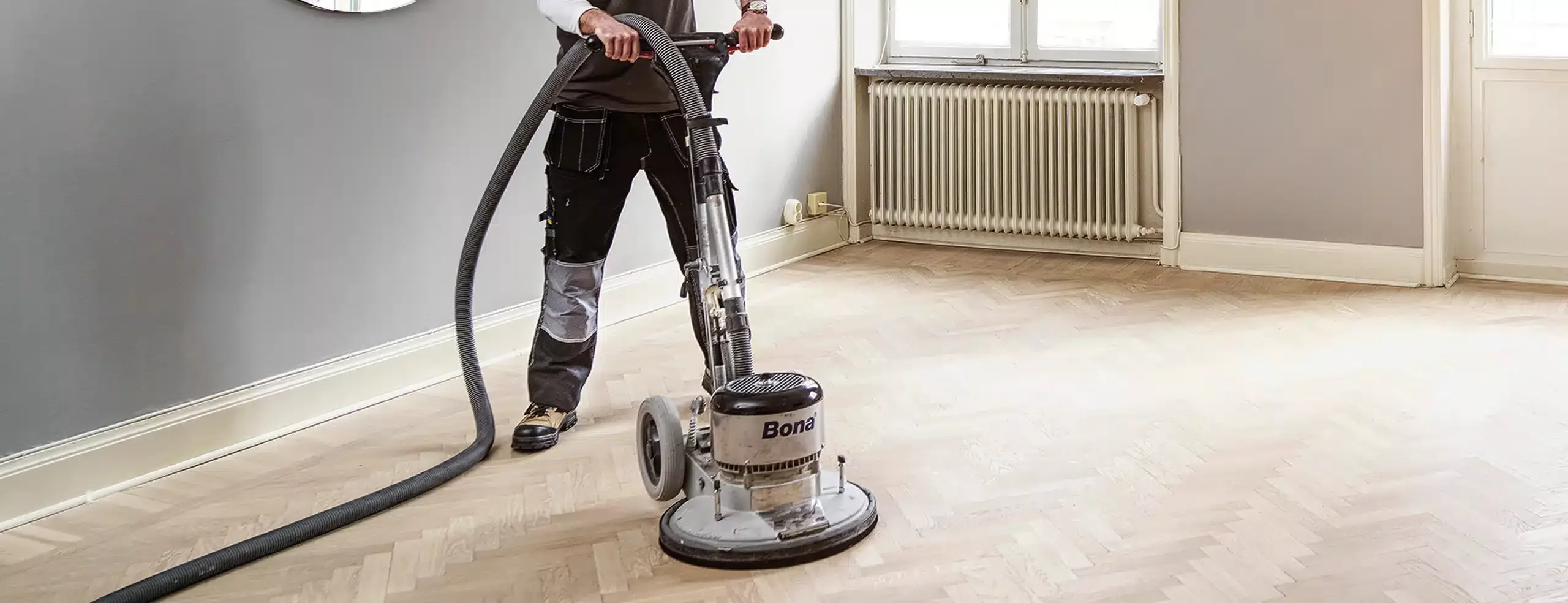
Advantages:
- Produces a smooth, uniform surface ideal for applying a new finish.
- Can be used to blend areas of the floor that were sanded using different techniques or machines.
- Suitable for refinishing floors with minimal damage or wear
Disadvantages:
- Not intended for heavy-duty sanding or levelling uneven surfaces.
- Generates some dust, although typically less than drum or orbital sanding.
Some Useful Links:
Conclusion
There are several types of wood floor sanding techniques available, each with its own unique advantages and applications. Choosing the right method for your floor restoration project will depend on factors such as the level of damage or wear, your experience and skill with sanding equipment, and your preference for dust control. By understanding the differences between these techniques, you can make an informed decision and select the most suitable approach for your wooden floor restoration needs.More from our Blog:
Are You in Need of Wood Floor Sanding? A Complete Guide Enhance Your Home’s Value: Discover the Power of Wood Flooring The Ultimate Guide to Sanding and Restoring Parquet Floors Top 12 Rules to Find the Perfect Wood Floor Sanding CompanySanding
We provide virtually dust-free sanding with our continuous belt machinery with mobile extraction units, giving you a safer environment for your family.
Oiling
This organic finish not only adds beauty to your home but also has exceptional water-repellent characteristics, making it easier to clean and maintain.
Waxing
This natural floor finish offers the softest and most mellow appearance – and leaves your floor able to breath.
Buffing
Using soft buffing machines (and hand-polishing where required) will bring a wonderful sheen to your newly-finished floor.
Repairs
We offer a full assessment of your wooden floors to determine what repairs are needed to provide the perfect working surface for the later stages of sanding, staining and sealing.
Restoration
We offer a comprehensive restoration process designed to address floors that are improperly fitted or damaged over time through wear and tear.
Request a fixed price quote for your wood floor restoration now
Simply enter your postcode below to get started.
Services
Wood Floor Sanding Wood Floor Restoration Wood Floor Scratch Repair Squeaky Wood Floor Repair Parquet Floor Sanding Parquet Floor Restoration Commercial Floor Sanding Church Floor Sanding Community Centre Floor Sanding School Floor Sanding Gap Filling Gap Filling with ResinCopyright © Mr Sander®
Privacy & Cookies Terms & Conditions Complaints Procedure Cancellation Rights Sitemap